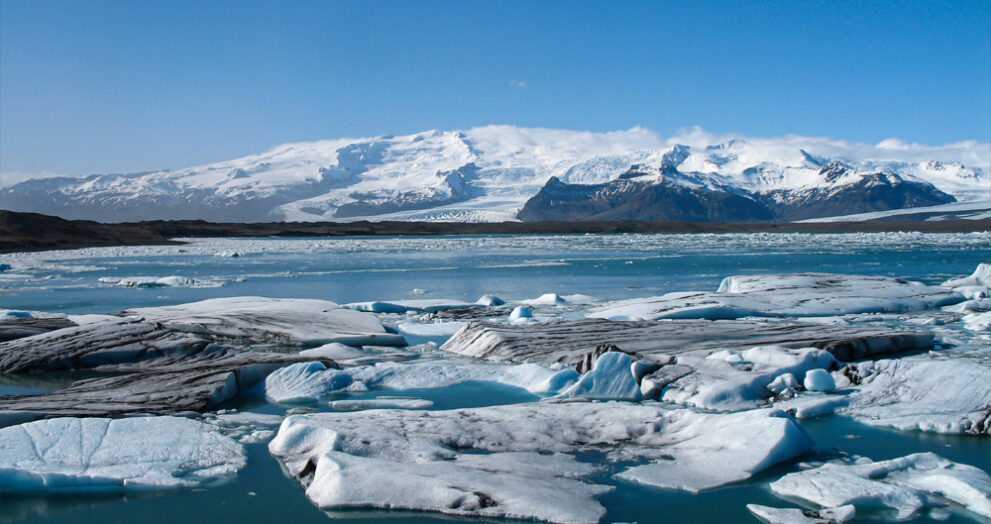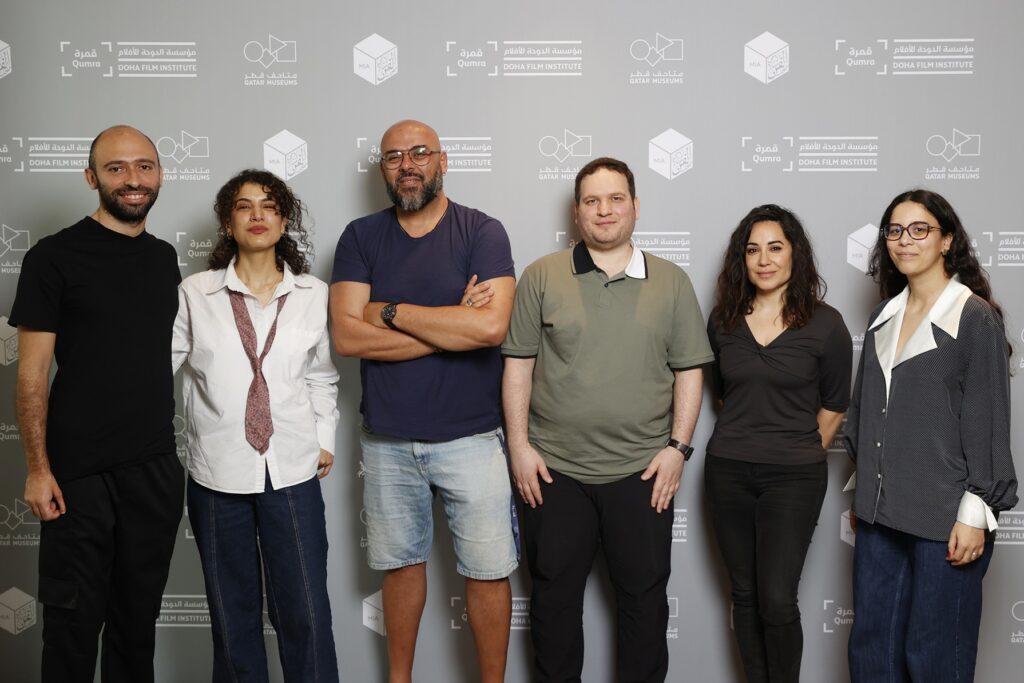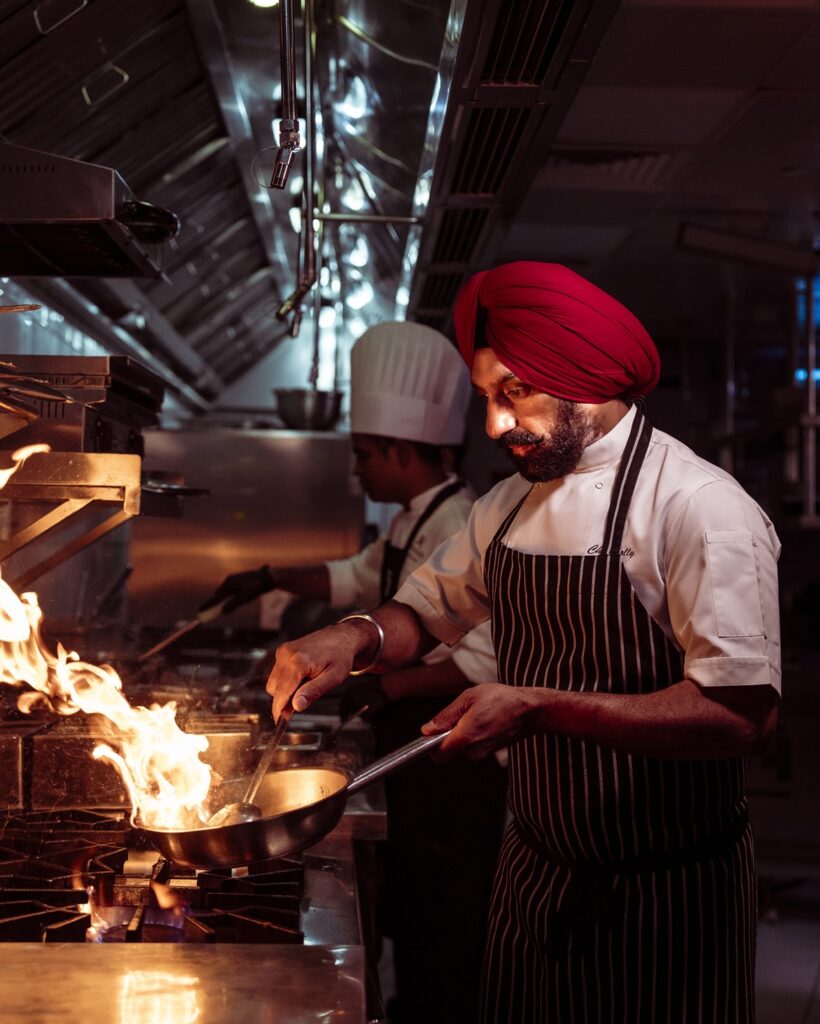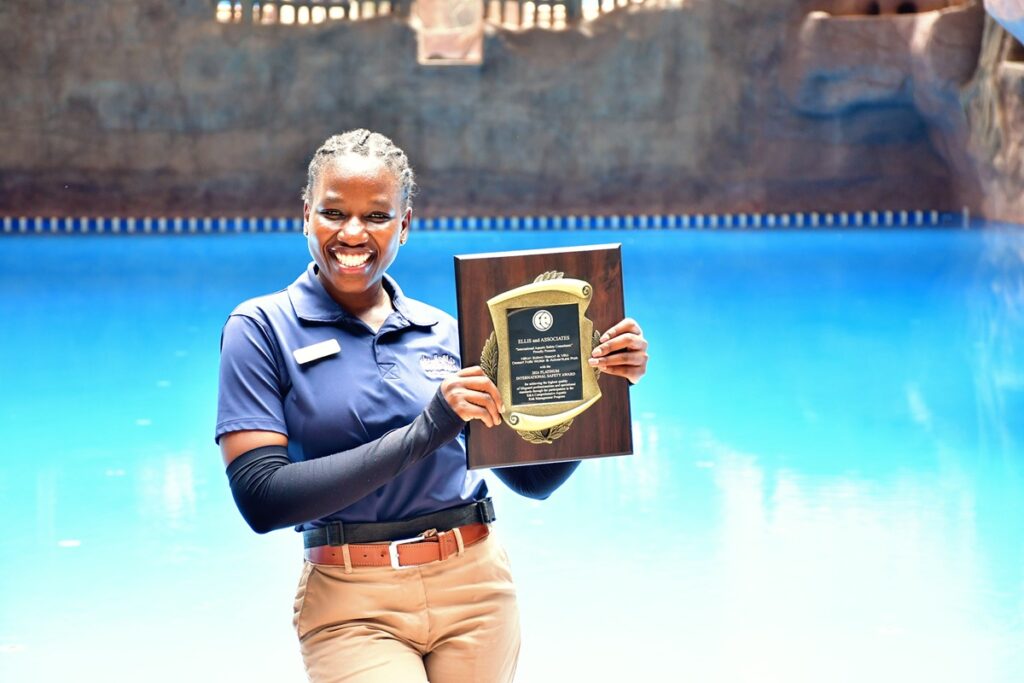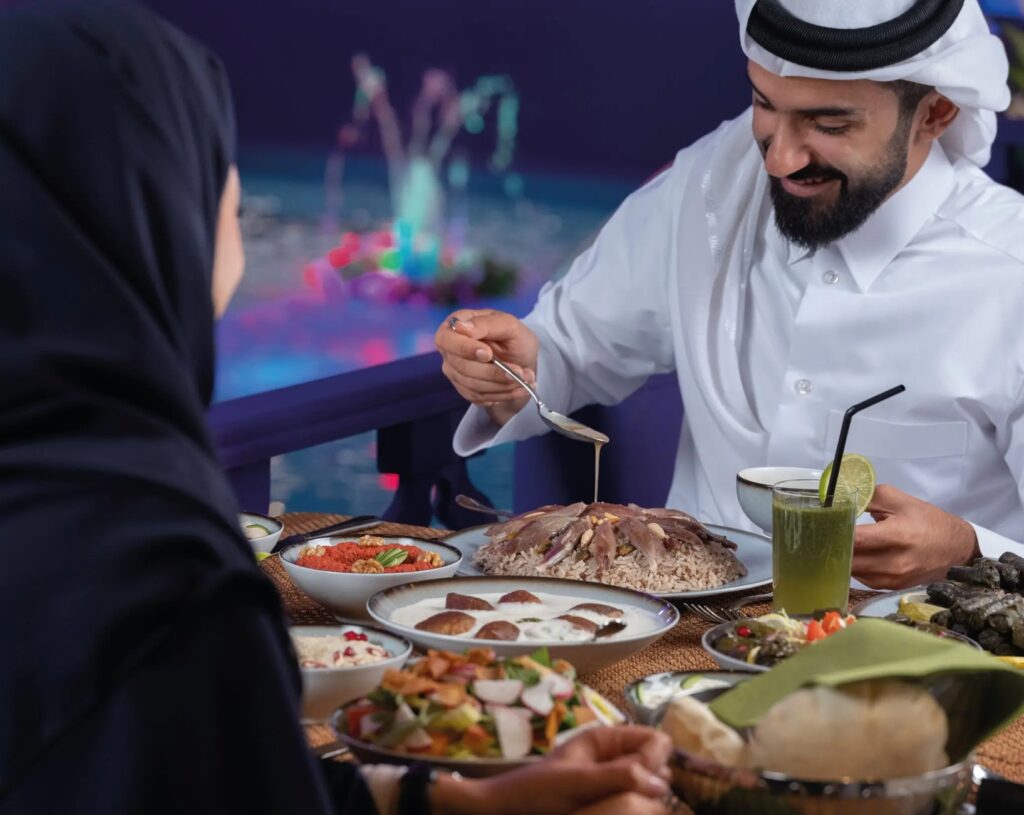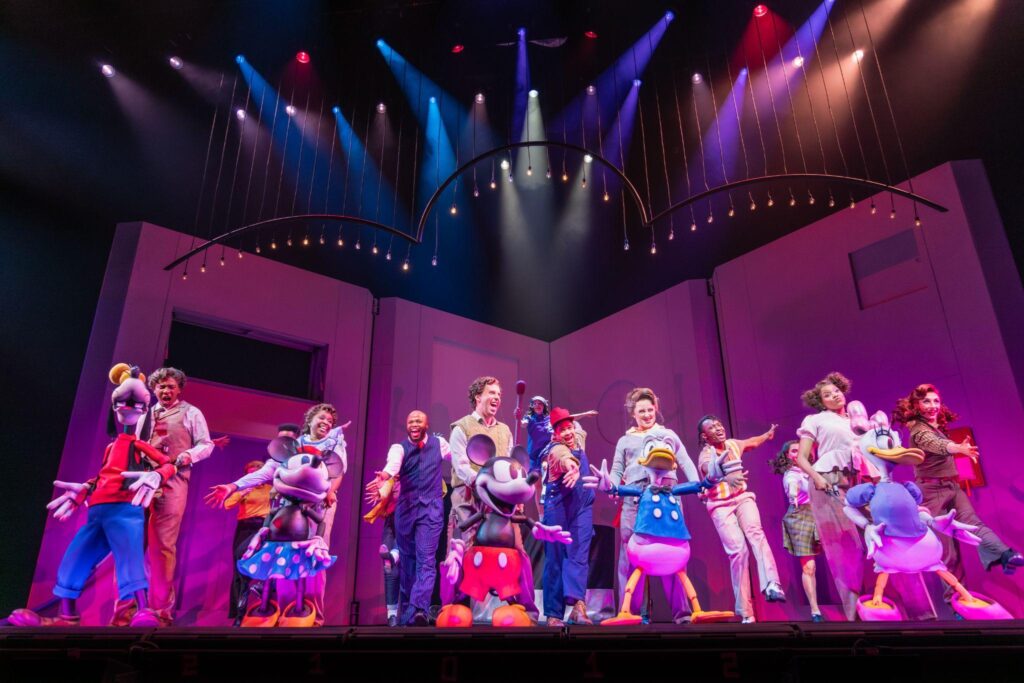QH TRAVELLER GOES FOR AN ADVENTURE TO A COUNTRY THAT IS SOMETIMES MISTAKENLY ASSUMED FOR BEING JUST ‘ICE’ LAND
Beautiful, serene Iceland, an island state northeast of Europe and dwarfed on its west by the largest island on the planet, Greenland. Here they love their horses. Although it is difficult to afford them, most of those who do, keep them as status symbols and many people driving out into the Great Wide Open love to stop by and spoil them with sugar cubes. Like me.
It is, however, just as magical as most of us assume it is. The country of northern lights that bedeck the sky in eerie neon colours for most of the year after August. The country that generates all its power from geothermal activity. It is where the average age is 83 years and has been consistently voted as the happiest nation on Earth. It has no bones to pick with anyone. No conflict to nurture, no army at all and only a small police force who carry no weapons. The most serious crime here is selling tickets on the black market for the packed concerts of its native musicians, the elven Bjork and enigmatic Sigur Ross — who are wildly popular globally.
I was here for an impromptu weekend getaway. On my first day I was taking the popular Golder Circle Tour, a quintessential Icelandic day-long excursion into the heartland of the country to its most popular and uber-scenic sites, Thingvellir, Geysir and Gullfoss.
You can be forgiven for thinking Iceland is a country with lots of ice and plenty of cold. You’d be surprised it has a moderate clime with average temperatures being zero degrees centigrade in winter and in their 20s in summer.
The trip started off from the country’s harbour capital Reykjavik in a roomy, luxury bus. As it made way out of the city, I was thinking about French author Jules Verne who wrote arguably one of the most famous adventure tales in literature, Journey to the Center of the Earth, about a volcano in western Iceland down which a group of explorers descend.
My thought stream was interrupted by our guide, who asked us to look left into the distance, where a snow-capped mountain shimmered in the haze. It was, I startlingly learnt, the 700,000-year Snaefellsjokull glacier, adjacent to where Verne sat writing his novel near the volcano into which his protagonists descended to the heart of the world in the 1864 science fiction novel.
“You are lucky,” our guide Freya said. “The light is rarely bright enough to allow us to see the glacier 120km away.”
I am lucky, indeed, I thought to myself not for the first time in my life.


Iceland is such a country where gazing into the abyss is an opportunity you get often — a living paradox boasting active volcanos hundreds of thousands of years old and glaciers, such as the Langjokull Glacier (6 million years old and 600 metres deep) that we passed in about an hour snaking inward into Iceland.
Then there was the breath-taking panorama that was Thingvellir — snowcapped mountains merging into grassy plains in a valley jutted by the largest lake in the country, shimmering deep blue in the bright light. And all of this — declared a national park — steeped in local history: the site of a building that served as Iceland’s first parliament set up 900 years ago! This was the very first parliament in Europe and is a declared Unesco World Heritage Site.
It was here that Iceland declared independence from Scandinavia while retaining its Viking heritage and embraced democracy when most of Europe was neck-deep in bloody authoritarianism.
Thingvellir is also neatly divided by another phenomenon: the Raven Ravine, also known as the Rift Valley, which is tearing the island apart at an average two inches a year between the Eurasian and American tectonic plates.
I moved on to Geysir next. This is one of the most famous attractions of Iceland. It is a sprawling area in the shadow of a hill range sporting hot water springs. For over a century, the springs driven by perennial geo-thermal activity miles underneath, throw up geysers of hot water that spout in the air for up to 80 meters. The scalding hot waters can top 120 degrees centigrade.
The spectacular spouts unfailingly erupt every few minutes, keeping camera-ready visitors alert for hours on end. Perimeters are deployed to keep visitors at a safe distance as the spouts have been known to scald uncareful ones.
The word ‘geyser’ is Iceland’s contribution to the English language, denoting a mechanism that warms up water.
As our day shifted into mid-afternoon, the hills gave way to a stunning deep blue series of lakes that seemed cordoned off. When I asked why, Freya, our guide, told us these boast “the best salmon in the world.” Fishing licences are super-expensive and are mostly auctioned off to the rich and famous.
Soon enough I arrived at Gullfoss, billed as one of the world’s most spectacular waterfalls. It was a stunning panorama sporting a massive, vivid permanent rainbow, as long as the sun was out. Which it was, thankfully, when I took the panorama in, dwarfing the thousand people that milled about spellbound.
I returned to Reykjavik through another route punctuated by more rolling hills and grasslands but strangely no trees. There are virtually no proper trees or forests in Iceland; only bushlands and grasslands.
The villages in Iceland in the outback are all situated on geothermal faultlines where the energy is harnessed to grow mostly fruits and vegetables and small, happy communities sustained.
Next day it was time to explore the sprawling capital city. I was in time for the formal summer inauguration. The local rite of passage is for the city mayor to catch the first salmon of the season from the city river to herald the arrival of summer. How lovely!
Reykjavik is home to an impressive collection of interesting attractions and places of historic and contemporary significance with much to intrigue the curiosity of visitors. It is hilly, green and flowery with pastel painted houses, quiet lanes and busy bazars.
Also, exemplifying the island’s volcanic activity is the geothermal Blue Lagoon spa that almost all visitors to the city go to for a nutrient-rich dip. Everybody loves a dip here.
At the spa, I learnt that swimming is the only compulsory subject at schools in the country. Everyone, between the ages of 6 and 16, need to master it and pass rigorous exams. No one ever drowns anymore in Iceland.


